Golden Hour with James Jean & DBA
Highlights from our Golden Hour event, where friends of Outland, Vera the Ape, and James Jean gathered to celebrate the opening of Infinite Museum.
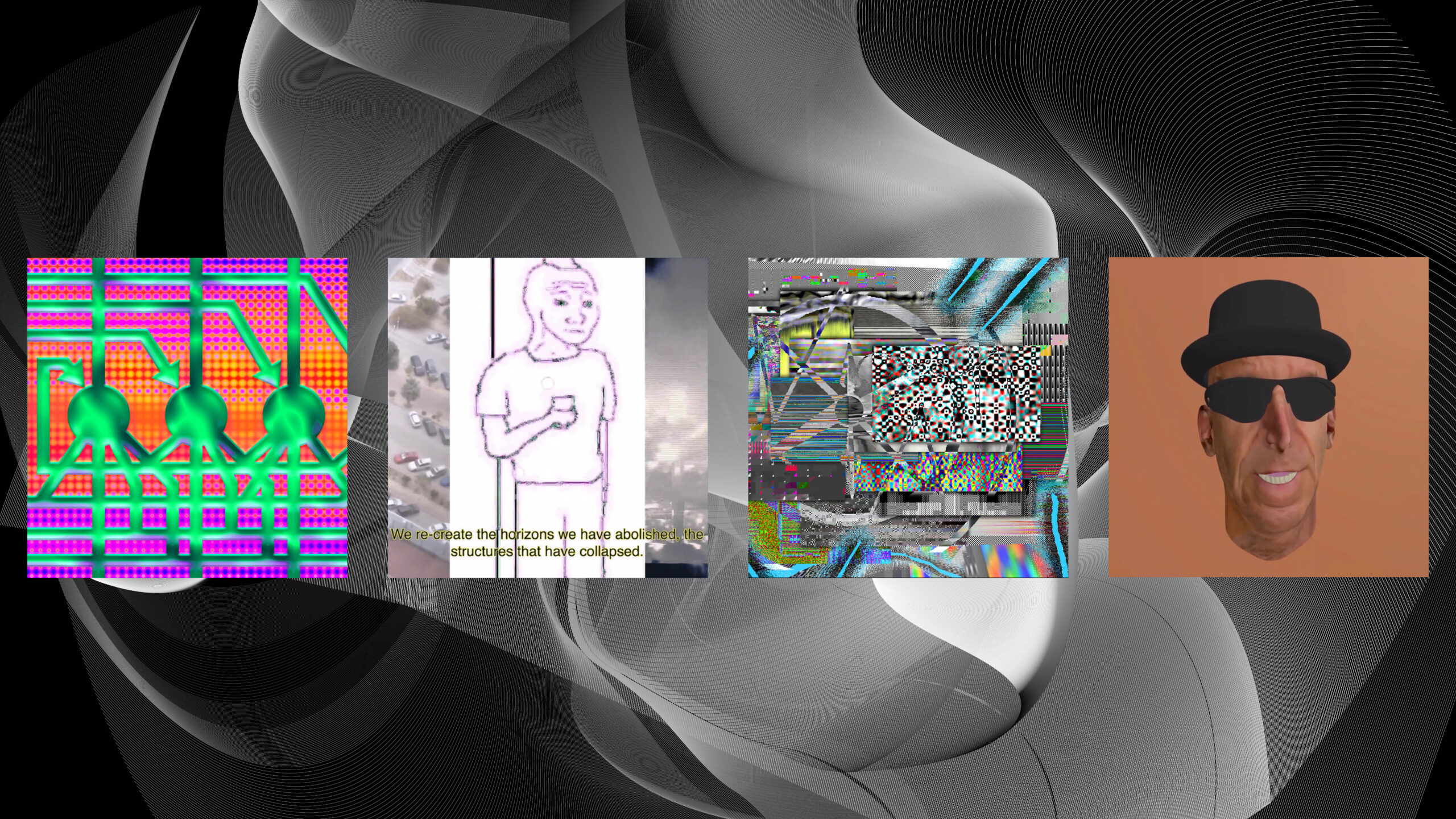
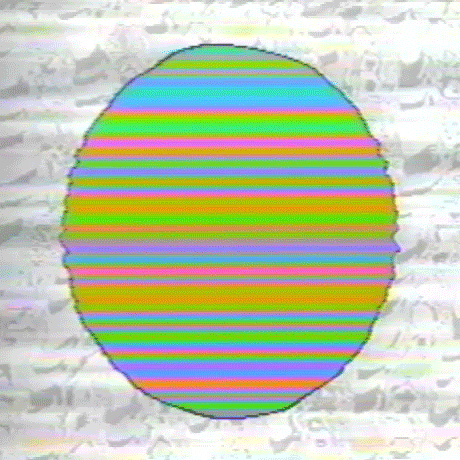
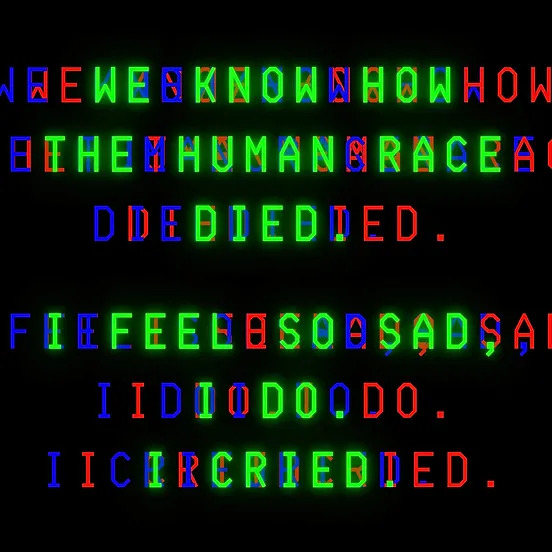
This time last year, we launched Outland’s guest editor program. Over the past twelve months, the magazine has invited a range of artists and other leaders in the field of digital art to collaborate on a series of special issues. Each issue—published over the course of a month or two—has been dedicated to a topic chosen by the guest editor, often drawing on their own long-standing interests and expertise. Building on the existing structure of the magazine, the issues have included pieces of criticism and commentary, conversations between artists, and interviews with collectors. We have also published roundtables and surveys, allowing us to bring in further voices to reflect on the questions and ideas raised by the special issues.
The first issue, guest-edited by Sarah Zucker, explored the impact of NFTs on both the digital and traditional art worlds. We kicked off with a conversation between Zucker and fellow artist Amir H. Fallah. Discussing the reasons for minting artwork on the blockchain, Zucker aptly described NFTs as—in comparison to previous distribution models—a “better mousetrap for editioning” time-based media. We also organized a two-part survey of artists and art professionals, which asked how the environment for NFTs had evolved over the previous year. It’s interesting to look back at these to get a sense of how circumstances have again changed in the past twelve months. Among the other texts in the issue were profiles of two artists working with blockchain: Duncan Cooper on Matt Kane and Emily McDermott on Helena Sarin.
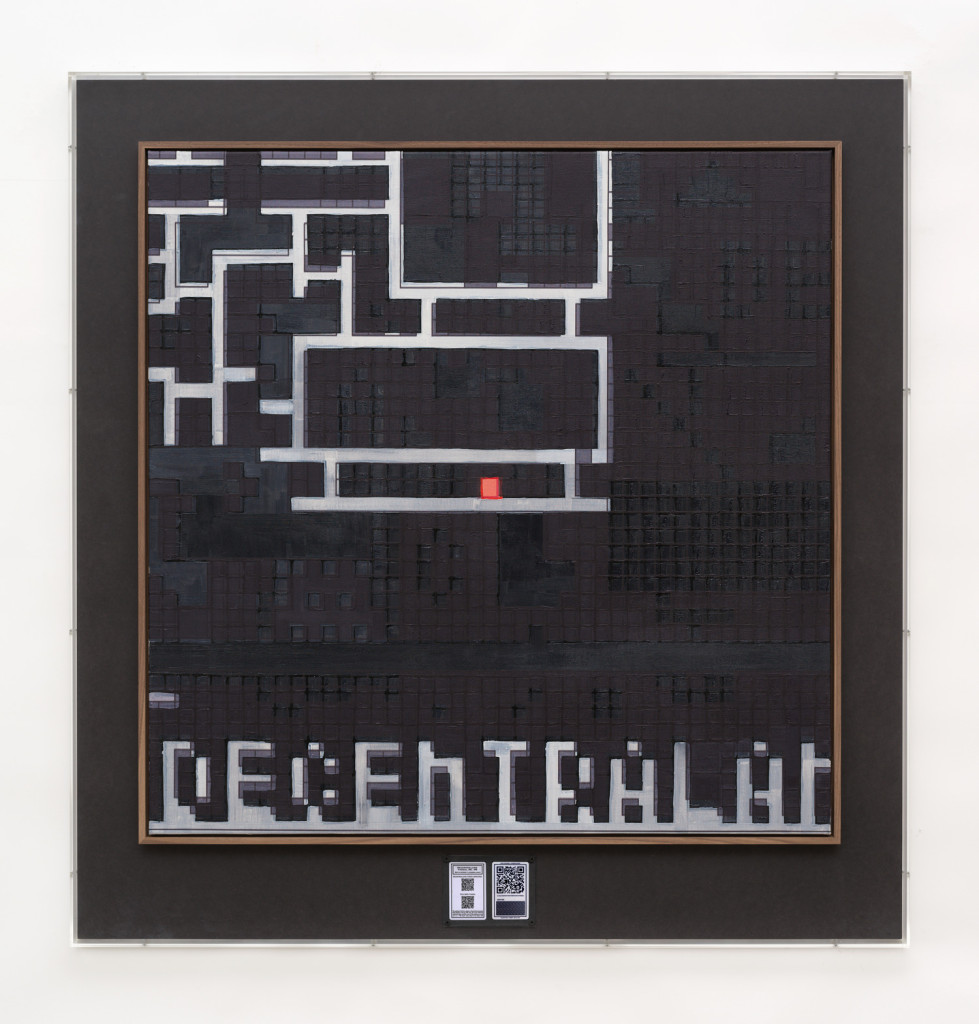
Next up was Simon Denny, whose special issue took up the idea of the metaverse—the subject of the artist’s recent series of Metaverse Landscapes (2022), which depict the parcels of digital real estate that are sold on Decentraland. An essay about this project by Martin Herbert explored Denny’s use of the analog medium of painting to represent a burgeoning virtual realm. “Painting might seem an incongruous medium for reflecting on such intangible transactions; or, alternatively, a perfect one for reflecting on how temporarily hot properties change hands.,” wrote Herbert. Other contributions included a conversation between Skawennati and LaTurbo Avedon, who have both made work on Second Life, and an interview with Steve Pikelny, who built a virtual gallery on Voxels to display his collection of NFTs of Jesus pamphlets.
Shumon Basar came on board in March for an issue drawing on his program for the 2023 edition of Art Dubai’s Global Art Forum, entitled “Predicting the Present.” His introduction, adapted from a presentation he gave at the event in Dubai, reflected on the term agnostimistic, defined as being “neither optimistic nor pessimistic but a secret third thing.” This issue gave those of us who didn’t attend in-person in Dubai the opportunity to catch up on various talks including a conversation, moderated by Chris Fussner, between curator and writer Clara Che Wei Peh and Audrey Ou, co-founder and CEO of NFT platform TRLab. There were also newly commissioned profiles of artists whose work appeared in Dubai, such as Nadine Khalil’s essay on Ahaad Alamoudi.
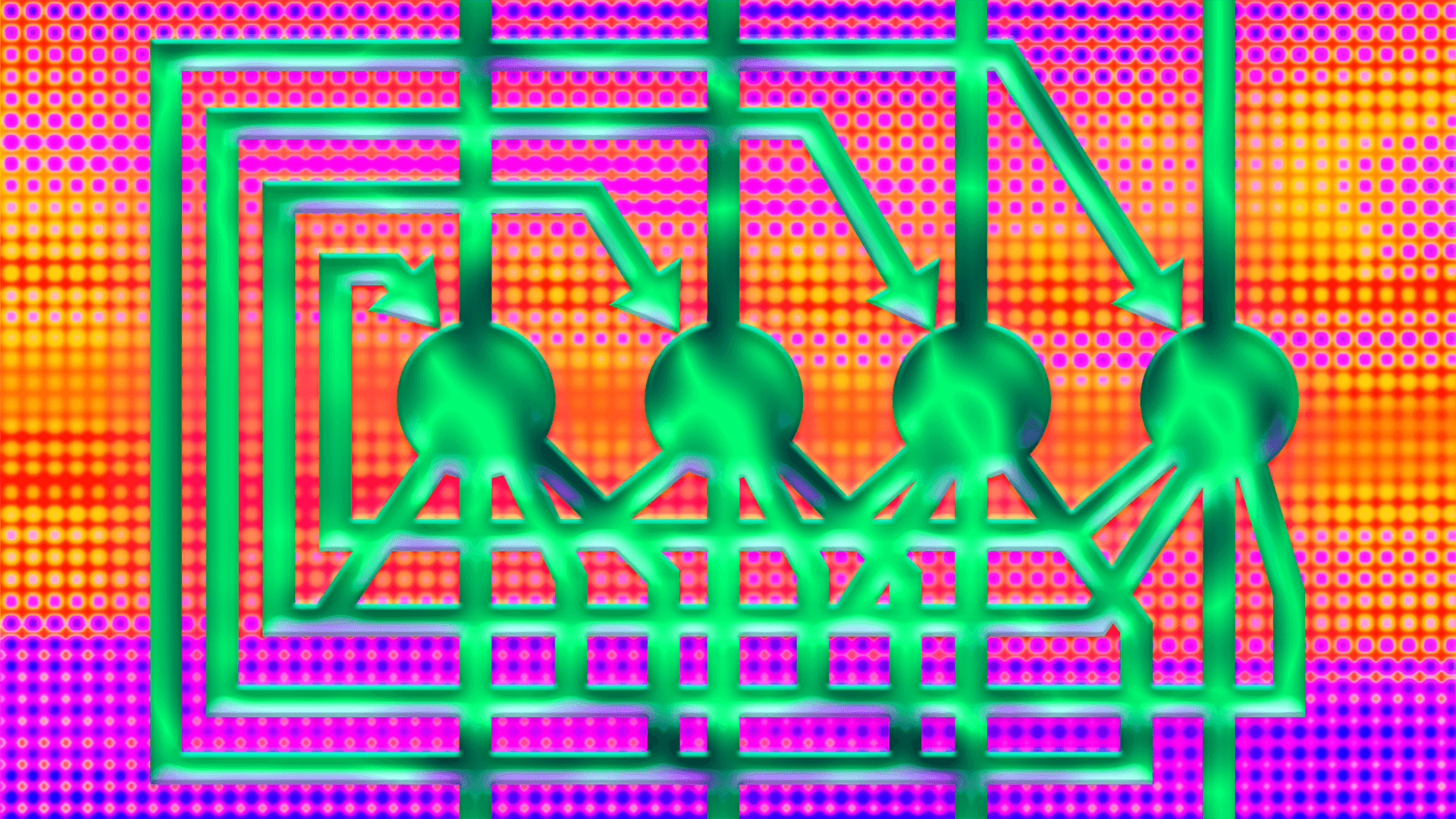
Fittingly, it was not a single guest editor but a collective—Refraction DAO—that took over for an issue on decentralized curation. Craig Barrow, who has designed exhibitions for Refraction’s festivals in New York and Miami, and time-based media curator Regina Harsanyi were in dialogue for a spirited conversation about putting together virtual and in-person exhibitions of digital art. “Even in institutions,” said Harsanyi, “curators of media art don’t always have as much technical understanding as they could from an exhibition design perspective.” Another highlight was a roundtable in which artists and art professionals shared their own experiences—both the highs and the lows— of working on projects involving decentralized curation.
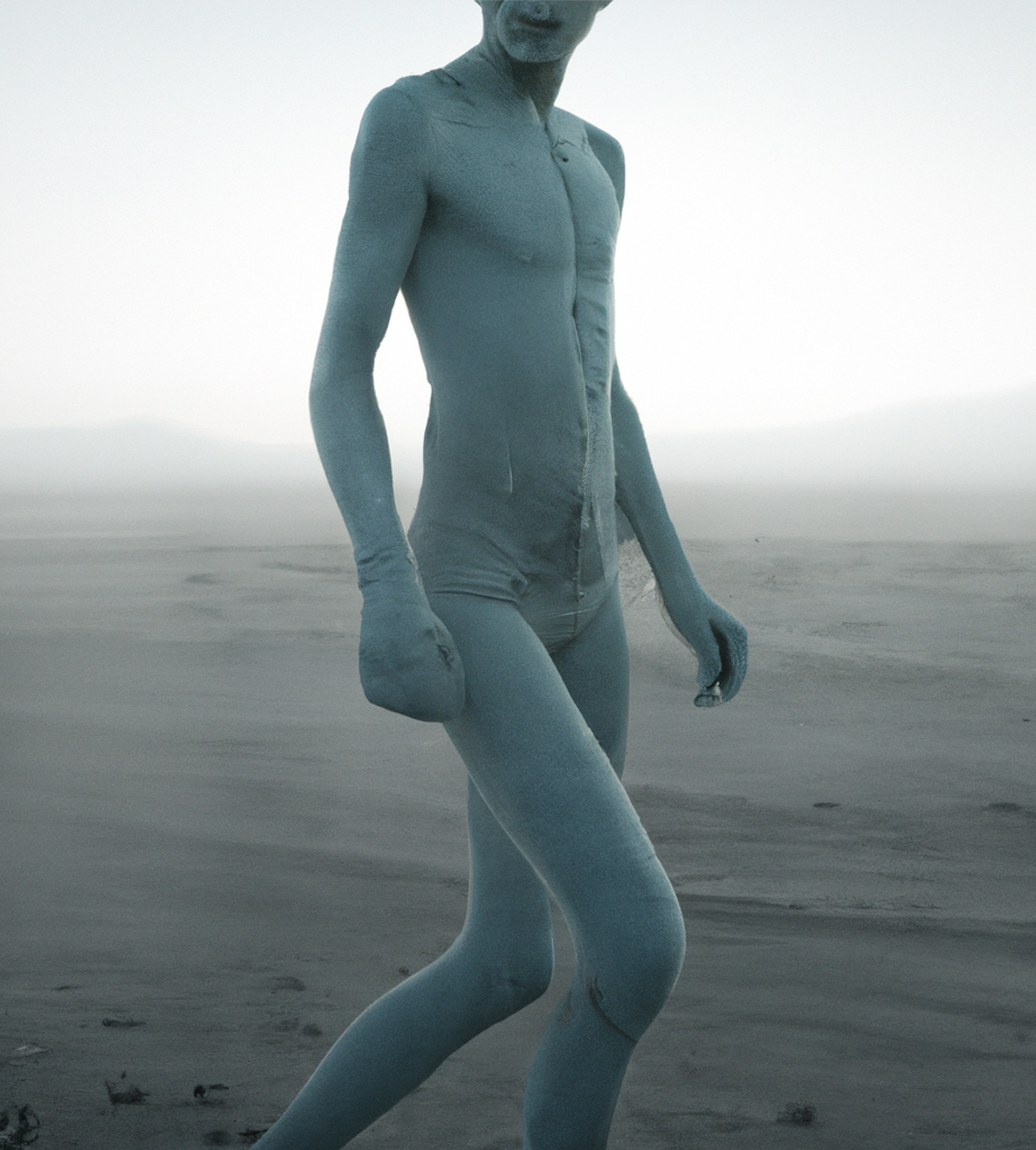
Taking the question of who or what can edit a magazine even further was Mark Amerika’s issue on artistic and literary uses of artificial intelligence, for which he conscripted a customized version of GPT-4—trained on his own body of writing—to help author and respond to texts. The experiments conducted included a debate between Amerika’s customized “ACI,” or artificial creative intelligence, and Outland contributor Kevin Buist on the merits of AI-generated images. In his text, Buist called into question the very framework of the debate: “To respond point by point to the AI would be useless. It could simply regurgitate new counterarguments ad infinitum.” As well as the usual assortment of essays and conversations, this issue included video interviews with Sasha Stiles and Connie Bakshi, two artists who employ AI technology in their work.
Published over the summer was the Art Blocks issue, which came out of a workshop hosted by Outland and Art Blocks that focused on writing about generative art. Artist and collector Plutonium Fitzgerald put forward a series of “heartful requests” intended to foster engagement and growth in the generative art community. Art historian Lindsay Caplan wrote an essay exploring why so many recent generative art projects bear a visual resemblance to twentieth-century geometric abstraction. And Outland’s editor-in-chief Brian Droitcour dwelt on the question of what, if any, forms of expressivity can be located in these artworks produced by algorithms. “Expressivity lies not in the gesture itself so much as the parameters determined by the artist who built the system,” he wrote.

Rosa Menkman joined us for the final issue of the year, on glitch art. Her introduction featured a beautiful series of artworks specially produced for the occasion. There were many artistic voices included in this issue, whether in two-person conversations or in the roundtable series “Lenses on Glitch”—you can read those here and here. Franziska Kunze, chief curator of photography and time-based media for the Bavarian State Painting Collections, spoke about a museum exhibition she was organizing of glitch art across history (if you’re in Munich, the show opened on December 1). Longer-form contributions included Nick Briz on how to glitch AI—a thematic overlap with our previous special issue, that served also as a reminder that art and ideas often resist confinement within discrete categories.
Thank you to all our guest editors, who have so generously contributed their time and ideas, and helped to expand both the diversity and depth of perspectives included in the magazine. I’ve only been able to highlight here a small selection from each of these collaborations—but we have created tags for the individual special issues so you can browse them in full. (Just follow the links at the beginning of each of the above paragraphs.) And we have no intention of stopping them now. In fact, we’re already gearing up for the launch of the next issue at the start of 2024, guest-edited by Mitchell F. Chan, which will be dedicated to the topic of artist games. In the meantime, I’m sure we all have plenty of reading to catch up on!
Gabrielle Schwarz is deputy editor of Outland.
